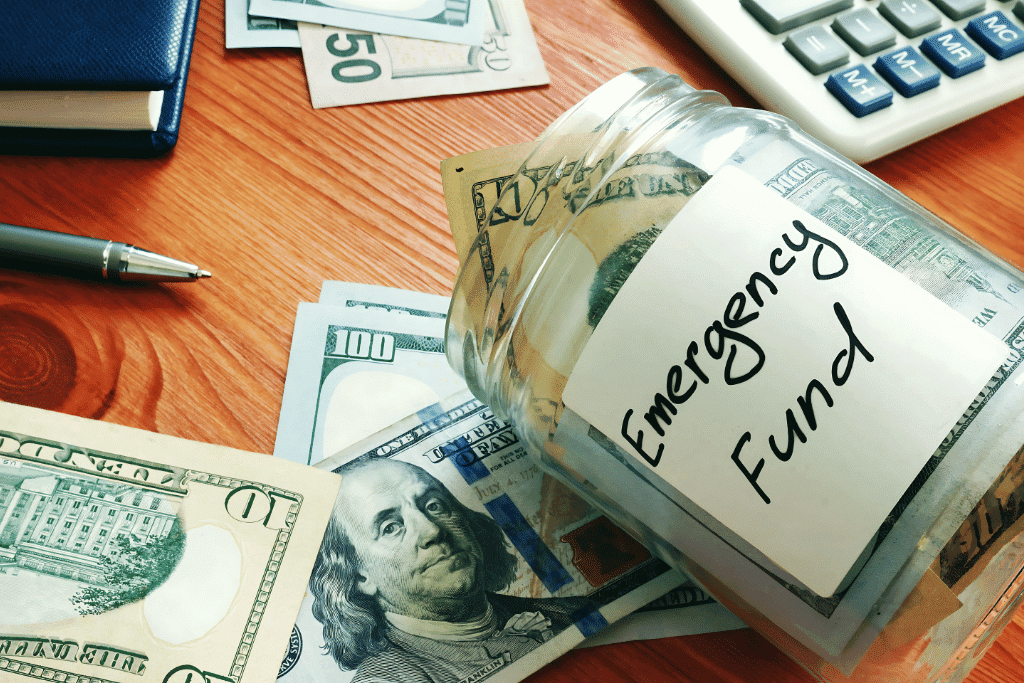
Introduction
In an increasingly uncertain world—where inflation, job insecurity, and global instability are rising—having an emergency fund is no longer optional. It’s a financial necessity. Whether you’re a salaried professional, business owner, or freelancer, a robust emergency fund can help you weather life’s unexpected storms without falling into debt or liquidating investments.
In this blog post, we’ll cover what an emergency fund is, how much you need in 2025, where to keep it, and smart strategies to build it faster.
What is an Emergency Fund?
An emergency fund is a pool of money set aside to cover unforeseen expenses or financial emergencies. These may include:
- Sudden job loss or salary cuts
- Medical emergencies not covered by insurance
- Urgent home or car repairs
- Family emergencies or relocation needs
- Natural disasters or lockdowns (as we saw during COVID-19)
Having cash in hand or easily accessible ensures you don’t need to take personal loans or swipe your credit card at high-interest rates.
Why is it Essential in 2025?
The financial landscape has shifted post-pandemic. Despite economic recovery, uncertainties like global conflicts, startup layoffs, inflation in essential commodities, and a volatile stock market continue. Here’s why an emergency fund is a must in 2025:
- Layoffs & Pay Cuts: Even top-performing companies are restructuring.
- Rising Healthcare Costs: Despite health insurance, out-of-pocket costs remain high.
- Increased Cost of Living: From food to fuel, inflation eats into your income.
- Natural Calamities: Floods, heatwaves, and disruptions can stall income, especially for freelancers and gig workers.
How Much Should You Save in Your Emergency Fund?
The ideal amount depends on your monthly expenses and employment status:
- Salaried Employees: Save at least 3 to 6 months of fixed monthly expenses.
- Self-Employed or Freelancers: Target 6 to 12 months, due to income irregularities.
- Dual-Income Families: Can manage with 3–6 months if both partners have stable jobs.
👉 Example: If your monthly expenses are ₹50,000, aim for ₹3,00,000–₹6,00,000.
Important: This should exclude any luxuries or EMI for investment purposes but include rent, groceries, school fees, medical needs, insurance premiums, and utility bills.
Where Should You Keep Your Emergency Fund?
Liquidity is the most important aspect of an emergency fund. Here are the best places to store it:
1. High-Interest Savings Account
- Easily accessible
- Interest rates of 3–6%
- No lock-in
2. Liquid Mutual Funds
- Redeemable in 24–48 hours
- Returns of 5–7% p.a.
- Low risk (not zero risk)
3. Sweep-In Fixed Deposits
- Higher interest than savings
- Withdraw automatically as needed
- Combine safety and liquidity
Avoid:
- Equity mutual funds
- PPF or EPF (long lock-in periods)
- Gold or real estate
How to Build Your Emergency Fund Faster
If you’re starting from zero or have a gap in your reserves, use these strategies:
1. Automate Your Savings
Set up auto-transfers on payday to move a fixed amount to your emergency fund.
2. Cut Down on Non-Essentials Temporarily
Pause luxury spending, subscriptions, or vacations till your fund is complete.
3. Redirect Bonuses, Refunds, or Gifts
Any unexpected inflows like tax refunds, bonuses, or birthday gifts should go here first.
4. Sell Unused Assets
Old electronics, gadgets, or furniture can quickly add to your fund via OLX or Facebook Marketplace.
5. Track Your Progress
Use apps like Walnut, Cube Wealth, or Excel sheets to stay motivated and consistent.
Common Mistakes to Avoid
- Using it for regular expenses: It’s for emergencies only, not monthly shortfalls.
- Investing it in risky instruments: Don’t chase high returns here—safety first.
- Ignoring inflation: Revisit the amount annually and top it up.
- Not replenishing it: If you use it, prioritize rebuilding it as soon as possible.
How to Know You’ve Done It Right
You’ve built a strong emergency fund when:
✅ You can survive at least 3–6 months with no income
✅ It’s easily accessible within 24–48 hours
✅ You don’t need to touch your credit cards during emergencies
✅ You feel financially secure even in tough times
Conclusion
A well-planned emergency fund is the bedrock of your financial stability. Start with whatever you can afford—even ₹5,000/month adds up. The peace of mind it brings during a crisis is worth every rupee. In 2025, prioritize it before any investment plan. Remember: It’s not about timing the market—it’s about securing your life from the market’s timing.
